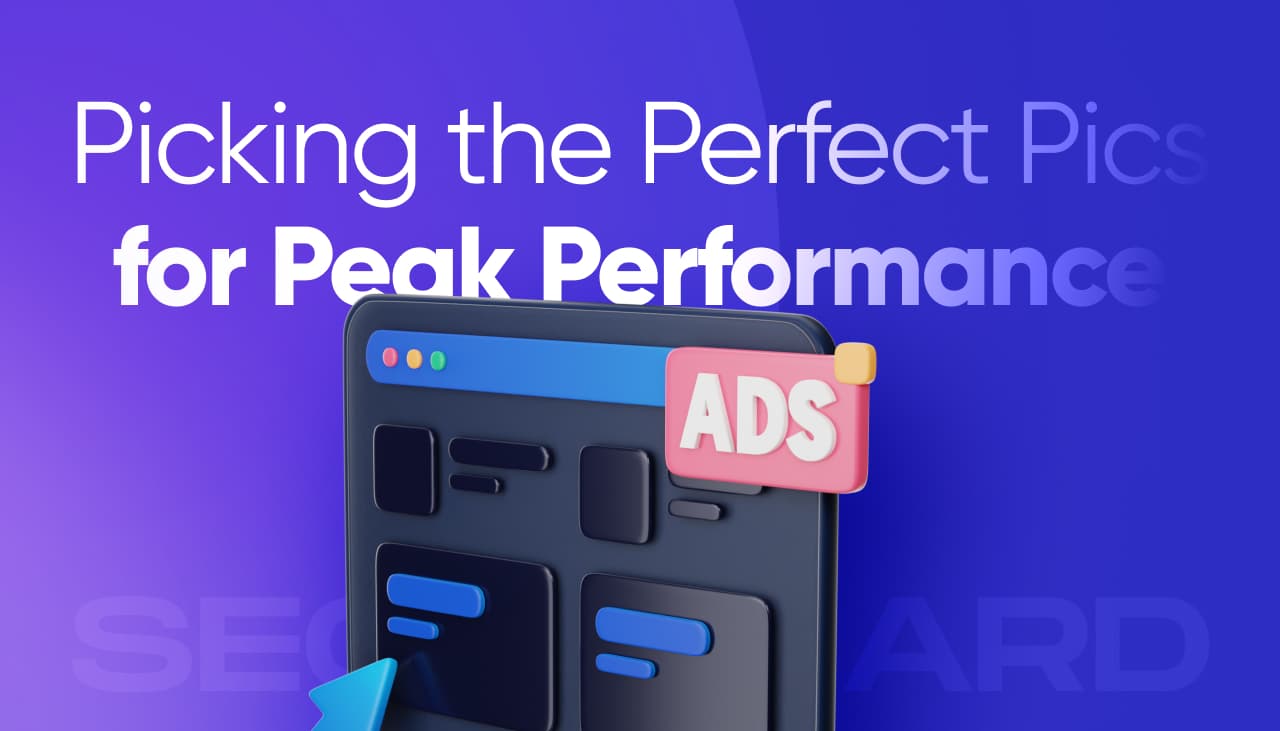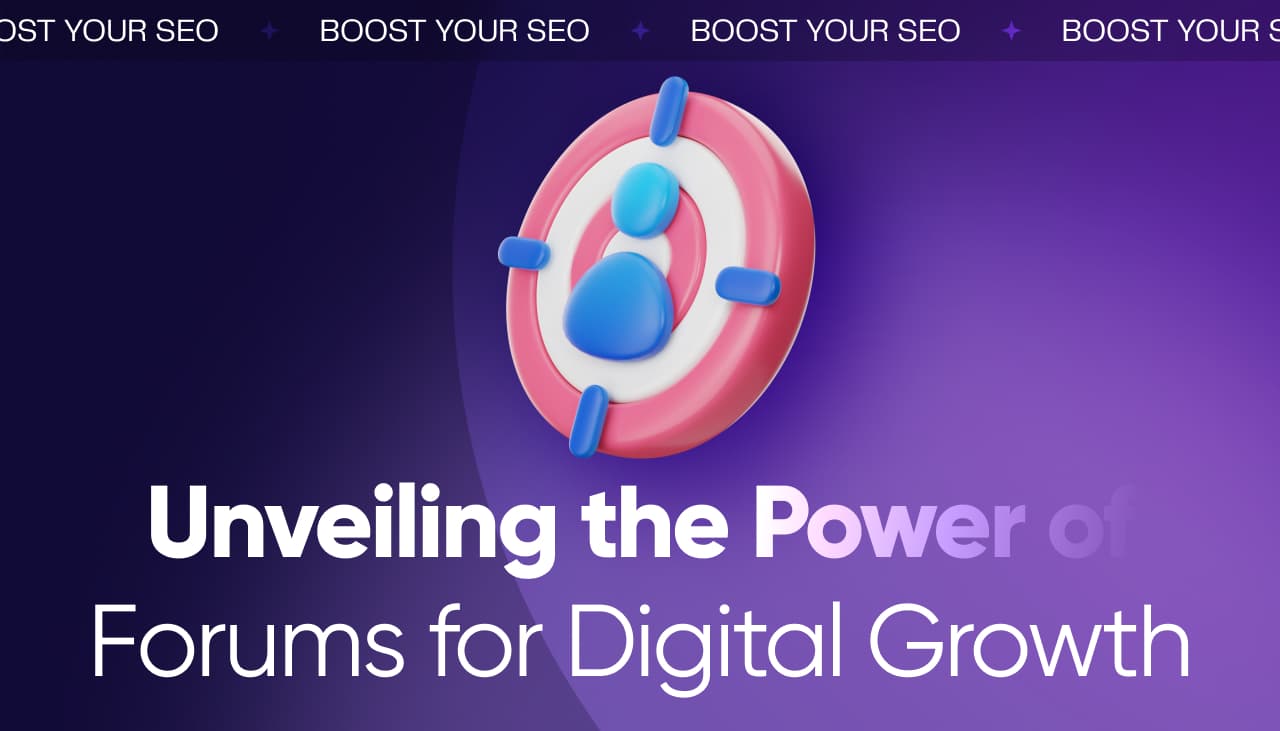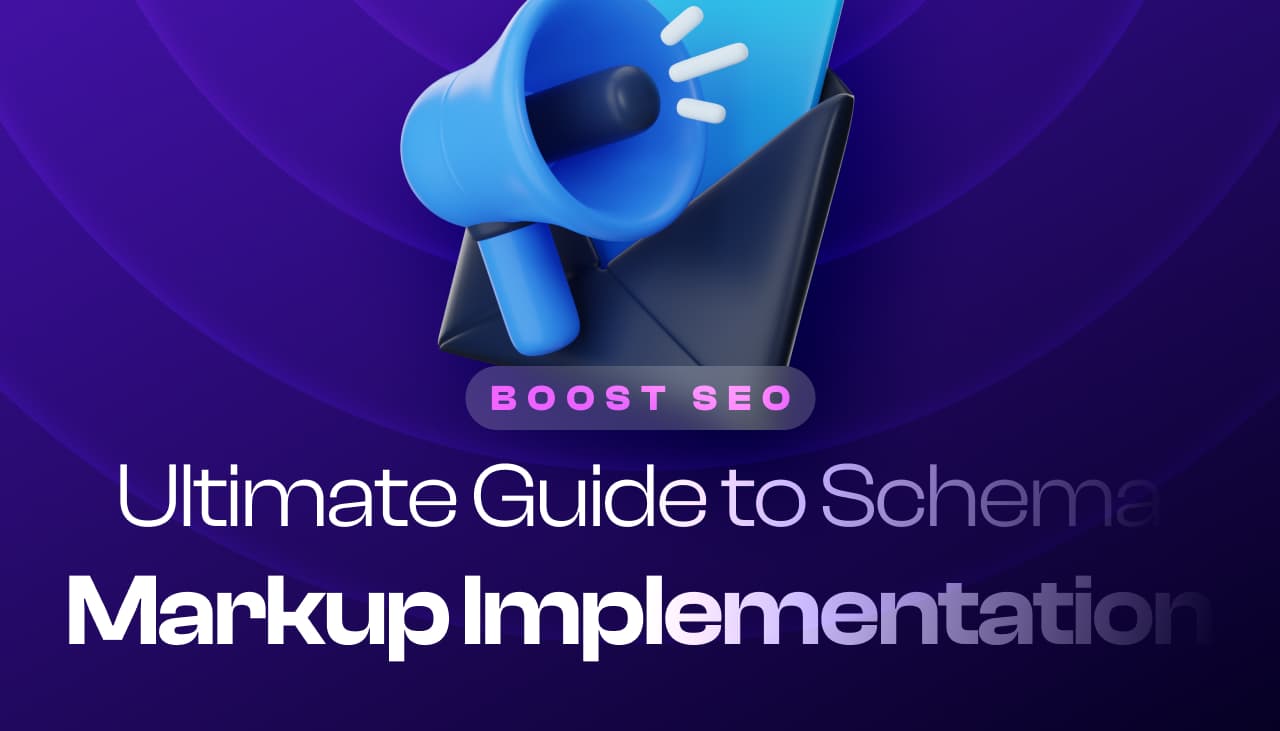In today’s fast-paced digital world, we’re always looking for tools to give our websites an edge. Google Lighthouse is one such gem, especially for SEO.
It’s not just about rankings; it’s about providing a seamless user experience. Google Lighthouse helps us identify and fix common problems that could be hindering our site’s performance.
Armed with this tool, we’re better equipped to optimize our websites, making them faster, more accessible, and ultimately, more favorable in the eyes of search engines.
Table of Contents
Key Takeaways
- Google Lighthouse is a critical tool for enhancing SEO by auditing websites across multiple dimensions, including performance, accessibility, and best practices.
- It provides actionable insights and specific recommendations to fix issues, helping prioritize tasks that improve overall website performance and SEO.
- Key metrics to focus on with Google Lighthouse include performance, accessibility, best practices, SEO score, and Progressive Web App status, which all contribute to a site’s search engine ranking and user experience.
- Regularly using Google Lighthouse for SEO analysis and implementing its recommendations can significantly boost a website’s mobile-friendliness, loading times, and accessibility, aligning with Google’s mobile-first indexing.
- To maximize Google Lighthouse’s benefits, conduct regular audits, prioritize mobile analysis, focus on enhancing user experience, systematically implement recommendations, monitor competitors, and use scores as benchmarks for continuous improvement.
How Does Google Lighthouse Work?
Google Lighthouse is a comprehensive tool that powers up our SEO strategies by auditing websites in several key areas. It runs a barrage of tests on any given webpage to assess its quality across multiple dimensions. These dimensions include performance, accessibility, practices for best SEO, and more. It’s an open-source, automated tool that we can run directly in the Google Chrome web browser. This accessibility means we’re able to conduct audits quickly and efficiently, directly from the Chrome DevTools.
To begin an audit, we simply navigate to the webpage we want to analyze, open the Chrome DevTools, and select the Lighthouse tab. From there, we’re given options to choose the categories we want to audit. Lighthouse swiftly works its magic behind the scenes, simulating visits to the page on both mobile and desktop devices. This simulation tests loading times, interactivity, and visual stability among others.
After the audit completes, Lighthouse provides us with a report. The report scores the webpage on a scale from 0 to 100 in each category audited. These scores give us a clear indication of where a website stands and where it can improve. High scores indicate strong performance and adherence to best practices. Low scores pinpoint areas that need our immediate attention.
In addition to these scores, the report provides actionable insights. It offers specific recommendations on how to fix the issues it identifies. This could include suggestions like optimizing images, reducing server response times, or improving accessibility features. These insights are crucial for us to prioritize tasks that will have the most significant impact on a website’s overall performance.
By leveraging Google Lighthouse, we’re armed with the knowledge and tools to enhance our SEO efforts. We use this data to make informed decisions, ensuring our websites are optimized for speed, accessibility, and search engine rankings.
Why is Google Lighthouse Important for SEO?
In today’s digital age, SEO is vital for the visibility and success of any website. Google Lighthouse plays a pivotal role in enhancing SEO strategies. It offers a comprehensive set of tools that evaluate various aspects of a site’s performance. This includes metrics critical for SEO, such as site speed, accessibility, and best practices.
Site speed is a crucial SEO ranking factor. Google Lighthouse pinpoints exactly what slows down a website. By identifying these hurdles, we can implement specific fixes to enhance site speed. This not only improves user experience but also boosts our search engine rankings.
Accessibility is often overlooked in SEO strategies. However, it’s vital for reaching a broader audience. Google Lighthouse audits for accessibility issues that may prevent some users from fully accessing our content. Addressing these issues broadens our audience and improves site rankings.
Moreover, Google Lighthouse assists in adhering to web best practices. This includes optimizing images, minifying CSS and JavaScript, and leveraging browser caching. By following these recommendations, we ensure our websites are efficient, secure, and search-engine friendly.
Another key feature of Google Lighthouse is its ability to audit mobile-friendliness. With mobile searches continually on the rise, optimizing for mobile is non-negotiable for excellent SEO. Google Lighthouse provides clear insights into how our website performs on mobile devices, allowing us to make necessary adjustments.
Utilizing Google Lighthouse allows us to stay ahead in the SEO game. It offers actionable insights and specific areas of improvement. These enhancements not only cater to search engine algorithms but also significantly elevate the user experience. By prioritizing these adjustments, we ensure our websites are more discoverable, accessible, and competitive in the digital landscape.
Key Metrics to Measure with Google Lighthouse
When optimizing our websites for peak performance, it’s crucial to focus on specific metrics that Google Lighthouse measures.
Performance is one of the primary metrics. This indicator encompasses the speed and efficiency with which our site loads and becomes interactive for users.
Accessibility scoring represents how well our website caters to users with disabilities. This is not just a matter of compliance but of ensuring a broad audience can engage with our content.
Best Practices is a metric that digs into our site’s use of modern web practices. It helps us stay updated and avoid potential pitfalls that can hurt our site’s performance.
The SEO score provided by Lighthouse evaluates if our website is optimized for search engines. It guides us in making our content more discoverable.
Progressive Web App (PWA) status is particularly relevant for mobile users. A high score in this area indicates that our site delivers a near-native app experience in the browser.
Consider the table below showing hypothetical scores for a website:
| Metric | Score |
|---|---|
| Performance | 92 |
| Accessibility | 88 |
| Best Practices | 85 |
| SEO | 90 |
| Progressive Web App | 75 |
These scores provide a clear, actionable snapshot of where our website stands and where it could improve. By focusing on these key metrics with Google Lighthouse, we’re equipped to take our site’s performance and user experience to the next level.
How to Use Google Lighthouse for SEO Analysis
To start using Google Lighthouse for SEO analysis, first ensure you have Google Chrome installed. Google Lighthouse is accessible directly in the Chrome DevTools, simplifying the process.
Press F12 or right-click and select “Inspect” to open DevTools. Then, navigate to the “Lighthouse” tab. Here, you’ll find options to run the tool for various audits, including SEO.
Select the “SEO” checkbox to focus your analysis on search engine optimization. This tailors the audit to provide insights specifically beneficial for improving your site’s SEO.
Click “Generate report.” Lighthouse will then crawl your website, focusing on SEO factors. Be patient; this process can take a few minutes depending on your site’s size.
Once completed, you’ll see a comprehensive report. This report details your site’s performance in various SEO-related areas. It includes scores and actionable recommendations.
Look for opportunities to improve your website’s mobile-friendliness. Mobile optimization is crucial for SEO due to Google’s mobile-first indexing.
Check the recommendations for improving site speed. Fast loading times are pivotal for both user experience and search rankings.
Pay close attention to the accessibility and best practices scores as well. Enhancing these aspects can indirectly benefit your site’s SEO, making your content more discoverable and enjoyable for a broader audience.
Regularly running these analyses and implementing suggested changes is key. Keep iterating on your SEO strategies based on Lighthouse’s insights to steadily climb the ranks in search engine results.
Tips and Best Practices for Using Google Lighthouse
To maximize the benefits of Google Lighthouse, we’ve compiled key tips and best practices that every SEO professional should follow.
Set Regular Analysis Intervals. It’s essential to conduct Lighthouse audits regularly, not just once. We recommend setting a monthly or quarterly schedule to track improvements and identify new issues.
Prioritize Mobile Analysis. With mobile-first indexing, it’s critical we analyze our site’s performance on mobile devices. Google Lighthouse offers specific insights for mobile optimization, which we can’t afford to overlook.
Focus on User Experience (UX). Scores related to accessibility, site speed, and user experience are crucial. We ensure these areas score high to provide a seamless experience for all users.
Implement Recommendations Systematically. After each analysis, Lighthouse provides a list of recommendations. We tackle these one at a time, starting with those that have the greatest impact on performance.
Monitor Your Competitors. Analyzing our site’s performance is vital, but so is understanding how we stack up against competitors. Running Lighthouse audits on competitor sites can give us insights into where we can improve.
Use Lighthouse Scores as Benchmarks, Not Absolutes. While aiming for high scores across all categories is ideal, it’s important to recognize that not every suggestion may be feasible to implement. We use these scores as benchmarks for improvement rather than strict targets.
Incorporating Google Lighthouse into our SEO strategy helps us stay ahead of the curve, ensuring our site not only meets but exceeds the standards set by search engines. By following these tips and best practices, we can significantly enhance our site’s performance, providing a better experience for users while improving our search engine rankings.
Conclusion
We’ve seen how crucial Google Lighthouse is for boosting our site’s SEO and overall performance. By leveraging this powerful tool to evaluate and enhance site speed, accessibility, and mobile-friendliness, we’re not just ticking boxes for search engine algorithms. We’re also providing a better user experience, which is the cornerstone of our digital presence. Let’s not forget the importance of regular analysis and the implementation of Lighthouse’s recommendations to stay ahead. With these strategies in place, we’re well on our way to achieving and maintaining top search engine rankings, ensuring our site remains competitive and visible in a crowded digital landscape.
Frequently Asked Questions
What is Google Lighthouse?
Google Lighthouse is a free tool from Google that assesses various aspects of website performance, such as speed, accessibility, SEO, best practices, and Progressive Web App (PWA) metrics. It provides insights and actionable recommendations to improve these areas.
How does Google Lighthouse improve SEO and website performance?
Google Lighthouse identifies issues that negatively affect a site’s performance and SEO. By fixing these issues, websites can load faster, provide a better user experience, and potentially rank higher in search engine results.
Why is accessibility important in Google Lighthouse reports?
Improving accessibility not only makes a website more inclusive for users with disabilities but also positively impacts SEO rankings. Lighthouse helps identify and fix accessibility issues, broadening your audience and improving site performance.
How does Google Lighthouse evaluate mobile-friendliness?
Google Lighthouse simulates a site’s performance on mobile devices, assessing factors like load time and ease of use on a small screen. It provides specific recommendations to enhance mobile-friendliness, crucial for ranking well in Google’s mobile-first index.
What are some best practices for using Google Lighthouse effectively?
For effective use, regularly analyze your website with Google Lighthouse, prioritize mobile analysis, focus on enhancing user experience, implement recommendations systematically, monitor competitors’ scores, and use Lighthouse as a benchmark for continuous improvement.






















Responses (0 )